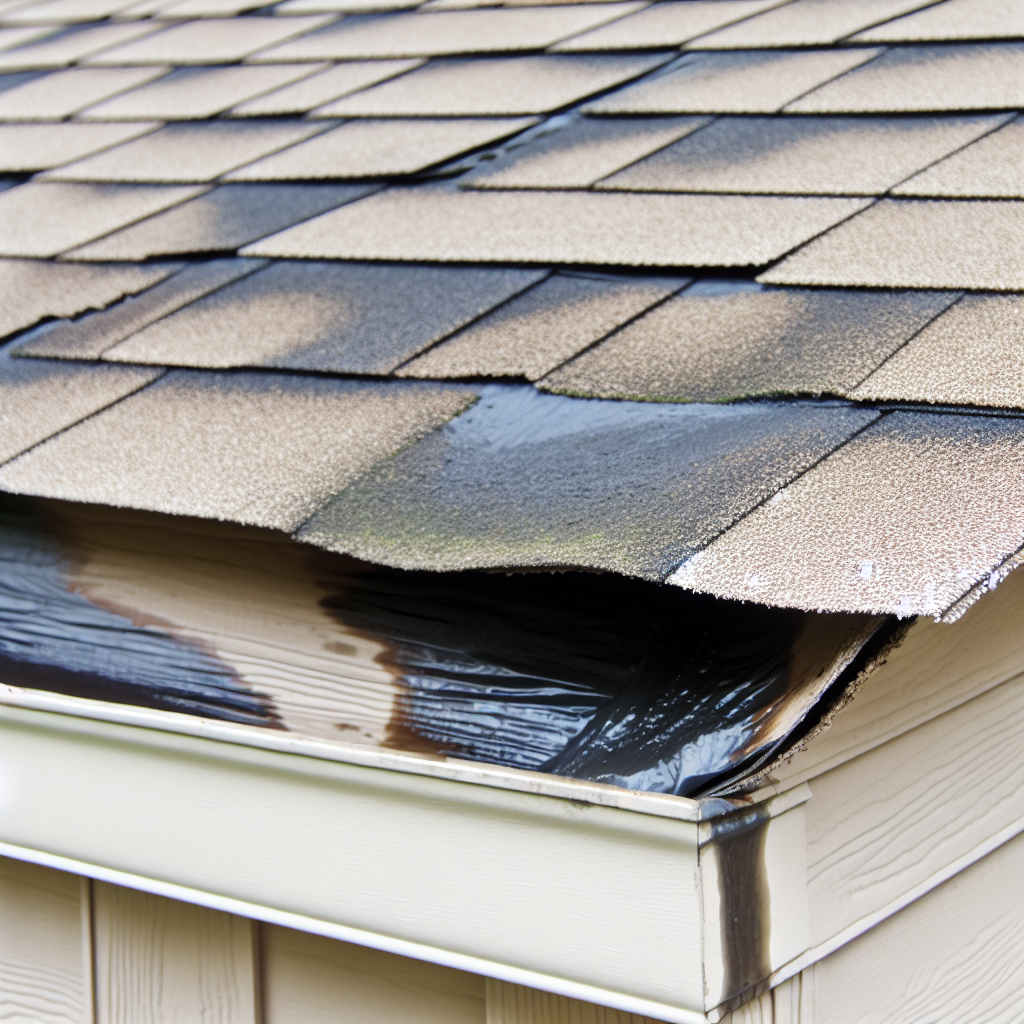
Don’t let hidden moisture wreak havoc on your roof—know the signs before it’s too late.
Common Causes of Trapped Moisture Under Shingles
Moisture trapped beneath shingles can result from a variety of causes. One of the most common is inadequate ventilation. Without proper airflow, moisture from everyday activities like cooking and showering can build up in the attic and eventually seep into the roofing materials.
Ice dams are another frequent culprit. They form when warm air from the attic melts snow on the roof, which then refreezes at the edges, trapping water and causing it to seep under the shingles. Additionally, leaks due to damaged or improperly installed shingles can allow water to penetrate the roof, leading to trapped moisture.
Tell-Tale Signs of Moisture Problems
Knowing the signs of moisture problems can help you address them before they cause significant damage. Look for mold or mildew growth in your attic, which indicates a persistent moisture issue. Water stains on your ceilings or walls are another red flag, signaling that water has penetrated the roofing materials and is affecting the interior of your home.
Other signs include peeling paint or warped wood inside your home. These symptoms suggest that moisture has been present long enough to cause structural damage. If you notice any of these signs, it’s crucial to investigate further to determine the source of the moisture.
The Dangers of Ignoring Moisture Under Shingles
Ignoring moisture under your shingles can lead to severe consequences. One of the most immediate dangers is mold growth, which can affect indoor air quality and pose health risks to occupants. Over time, trapped moisture can also cause the wooden structures of your roof to rot, compromising the roof’s integrity and potentially leading to costly repairs.
Structural damage is another significant risk. Moisture can weaken the roof deck and other supporting elements, making your roof more susceptible to collapse under heavy loads, such as snow or debris. Ignoring these issues can turn a manageable repair into a full-blown roofing emergency.
Preventative Measures to Keep Your Roof Dry
Preventing moisture problems starts with proper roof maintenance. Ensure that your attic is well-ventilated to allow moisture to escape. Installing ridge vents or attic fans can improve airflow and reduce moisture buildup. Regularly inspect your roof for damaged or missing shingles and replace them promptly to prevent leaks.
Additionally, consider installing ice and water shields in vulnerable areas, such as valleys and eaves, to prevent ice dams. Clean your gutters regularly to ensure they are free of debris and can effectively channel water away from your roof. Taking these preventative measures can help you keep your roof dry and extend its lifespan.
When to Call a Professional Roofer
While some minor issues can be addressed with DIY solutions, there are times when it’s best to call a professional roofer. If you notice extensive water damage, mold growth, or structural issues, it’s crucial to get expert help. A professional can accurately diagnose the problem and recommend the most effective solution.
Additionally, if you’re unsure about the condition of your roof or if preventative measures have not been effective, a professional inspection can provide peace of mind. Regular inspections by a qualified roofer can catch potential problems early, saving you time and money in the long run.

